Search
Remove Ads
Advertisement
Summary 
Loading AI-generated summary based on World History Encyclopedia articles ...
Search Results
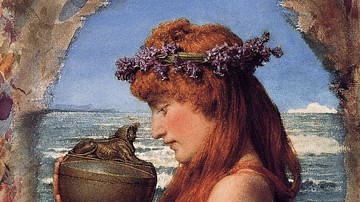
Definition
Pandora
Pandora is a figure from Greek mythology who was not only the first woman, but —as an instrument of the wrath of Zeus— was held responsible for releasing the ills of humanity into the world. Pandora was also an unrelated earth goddess in...
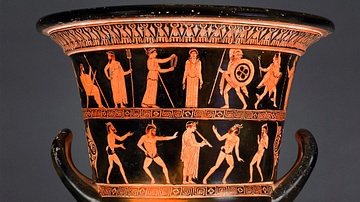
Image
Pandora Vase
Red-figure calyx-krater (mixing jar), c. 460-450 BCE, painted in Attica, Greece, and found in Altamura, Italy, attributed to The Niobid Painter. The Pandora Vase is named after the top frieze of side A, which shows the creation of Pandora...
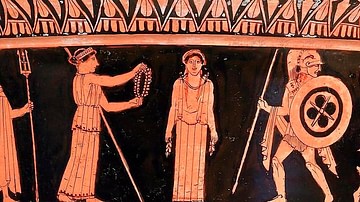
Image
Pandora Receiving Gifts from the Gods
A detail of a 5th century BCE Attic red-figure vase depicting Pandora being given her divine gifts from the Olympian gods. (British Museum, London)

Image
Pandora About to Open Her Box
Pandora, the first woman in Greek mythology. 1881 CE, Lawrence Alma-Tadema (Private collection).

Video
The Greek Myth of Pandora's Jar
Pandora and her jar or box a well-known figure from Greek myth, is known from the ancient literature as the first mortal woman who was crafted out of clay by the gods. The name Pandora can mean all- giving or the giver of all but also all-gifted...
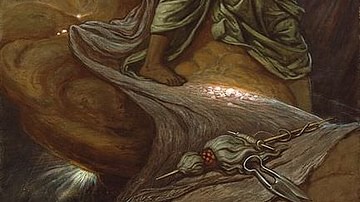
Definition
Theogony
The Theogony is an 8th-century BCE didactic and instructional poem, credited to the Greek poet Hesiod. The Theogony was, at first, not actually written down, rather, it was part of a rich oral tradition which only achieved written form decades...

Definition
Works and Days
Works and Days is an epic poem written in dactylic hexameter, credited to the 8th-century BCE Greek poet Hesiod. Hesiod is generally remembered for two epic works, Theogony and Works and Days but, like his contemporary Homer, he was part...
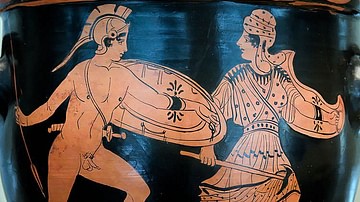
Article
A Visual Who's Who of Greek Mythology
Achilles The hero of the Trojan War, leader of the Myrmidons, slayer of Hector and Greece's greatest warrior, who sadly came unstuck when Paris sent a flying arrow guided by Apollo, which caught him in his only weak spot, his heel. Adonis...
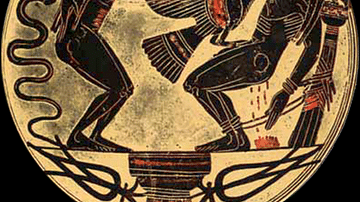
Definition
Prometheus
In Greek mythology, the Titan Prometheus had a reputation as being something of a clever trickster and he famously gave the human race the gift of fire and the skill of metalwork, an action for which he was punished by Zeus, who ensured everyday...

Definition
The Graces
The Graces (also Charites, sing. Charis) were goddesses from Greek mythology who personified charm, grace, and beauty. Hesiod describes three Graces, and this is their most common grouping in literature and art, but their number varies depending...